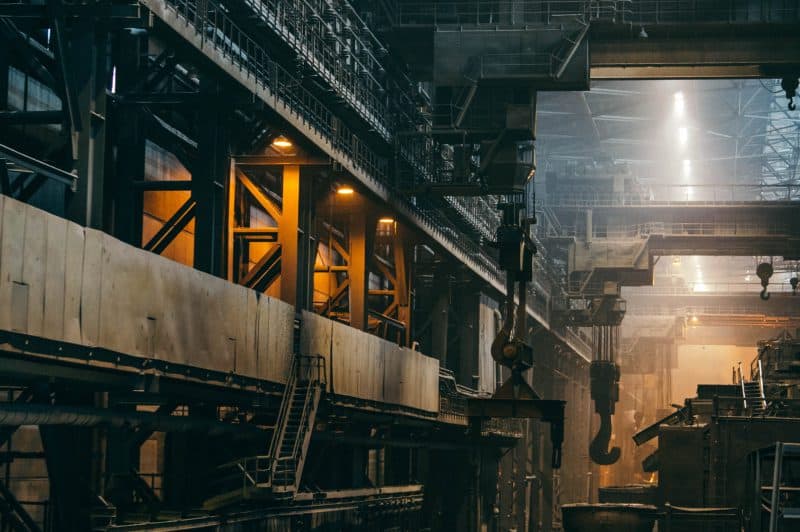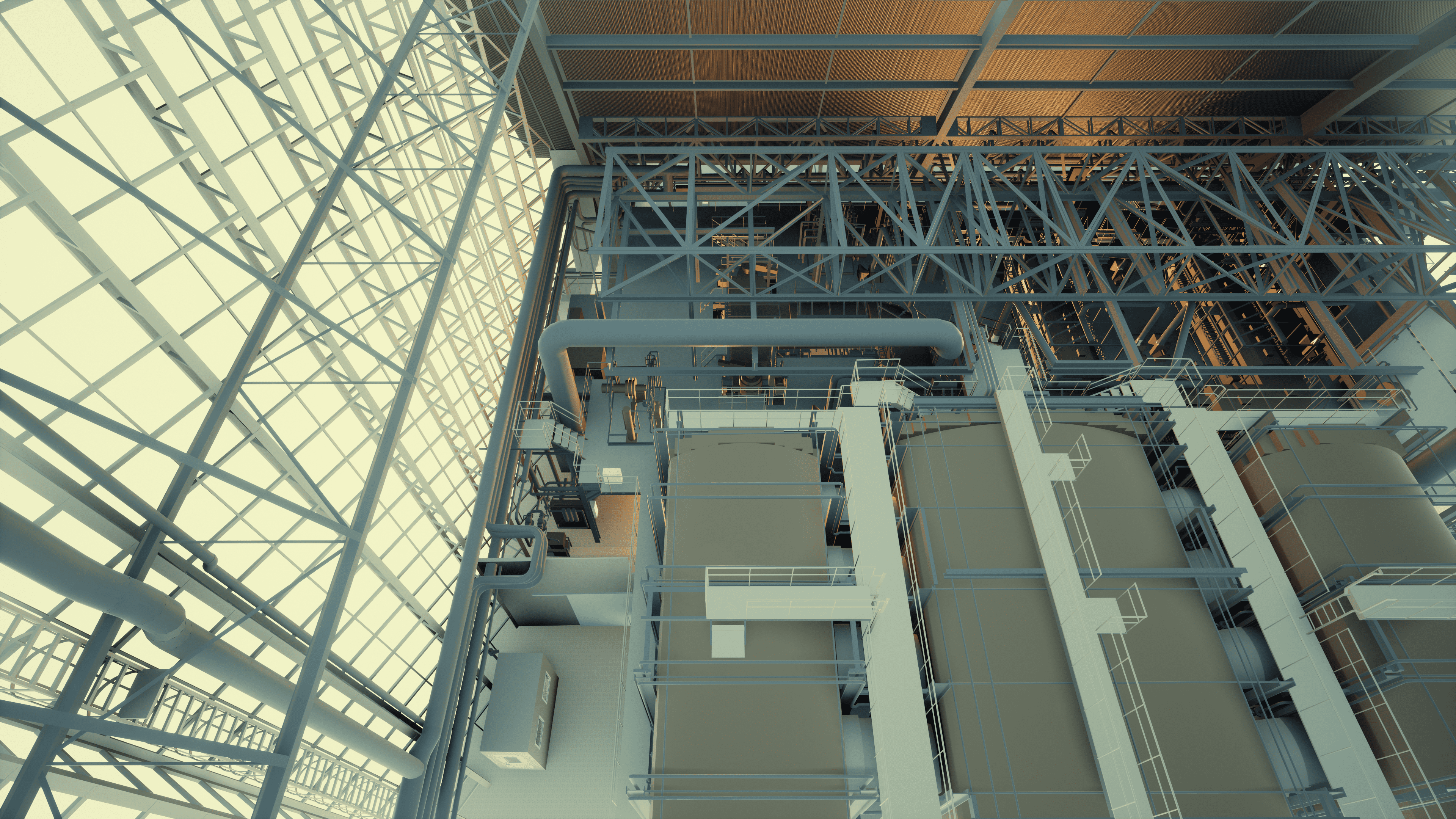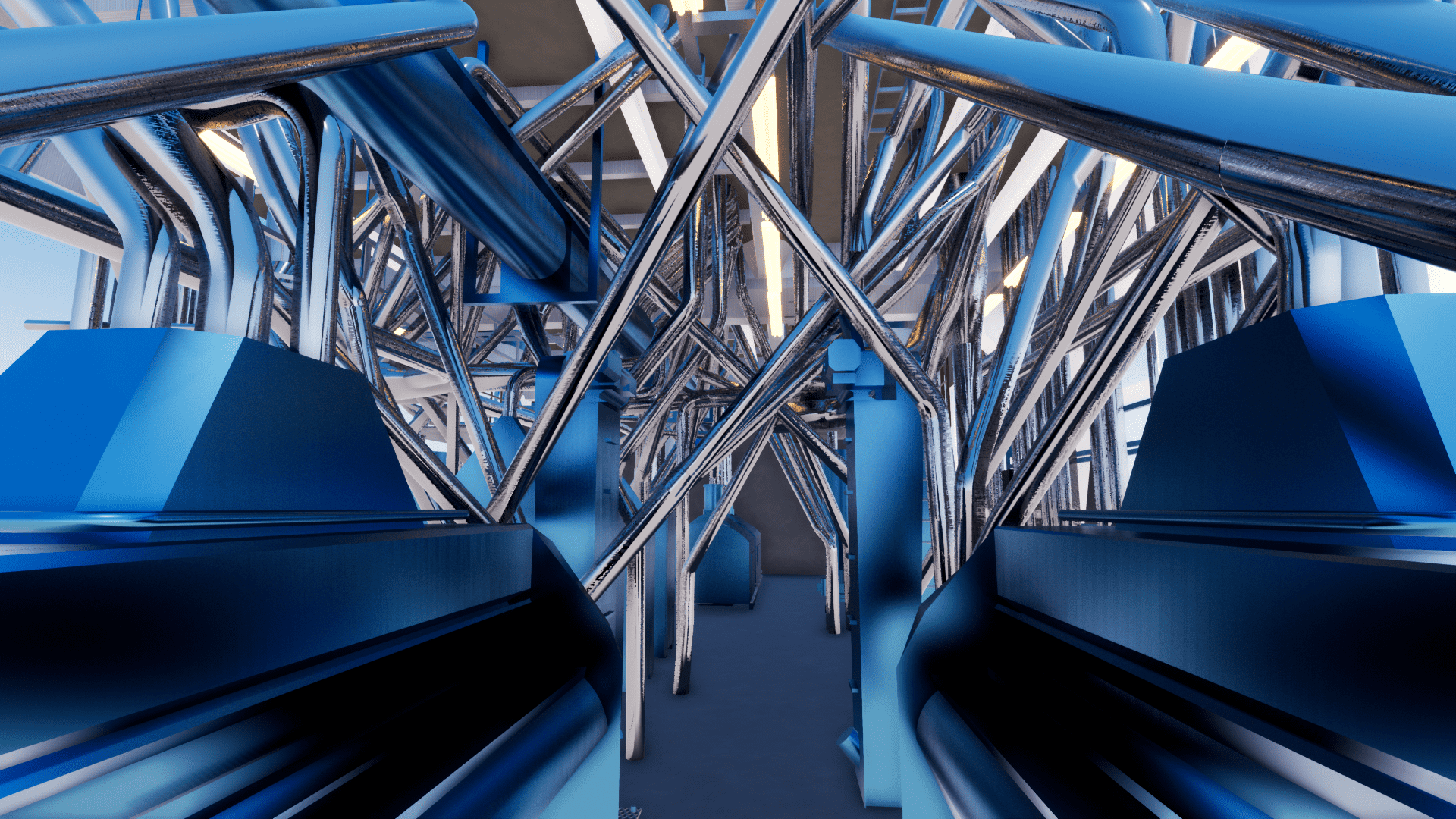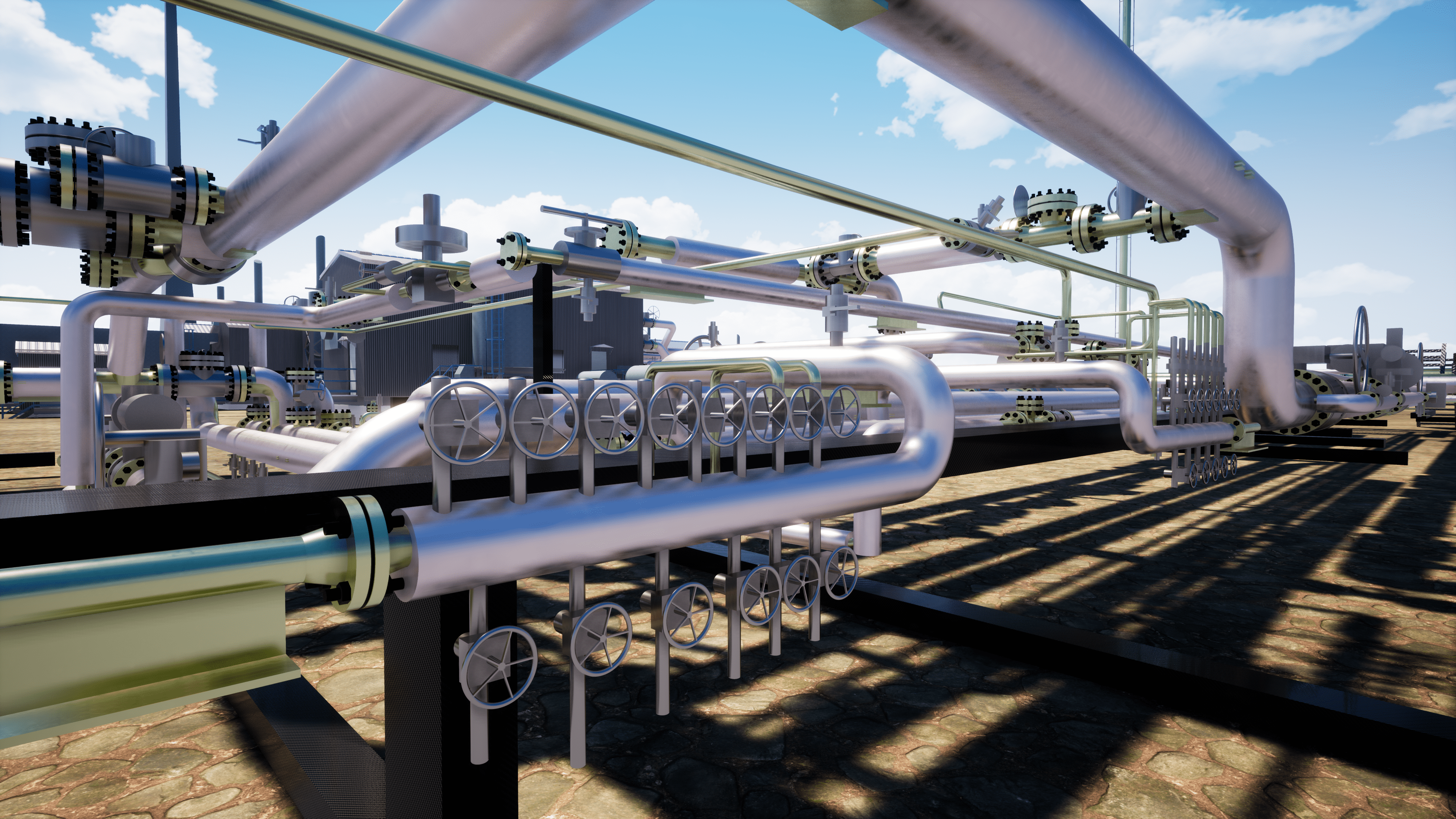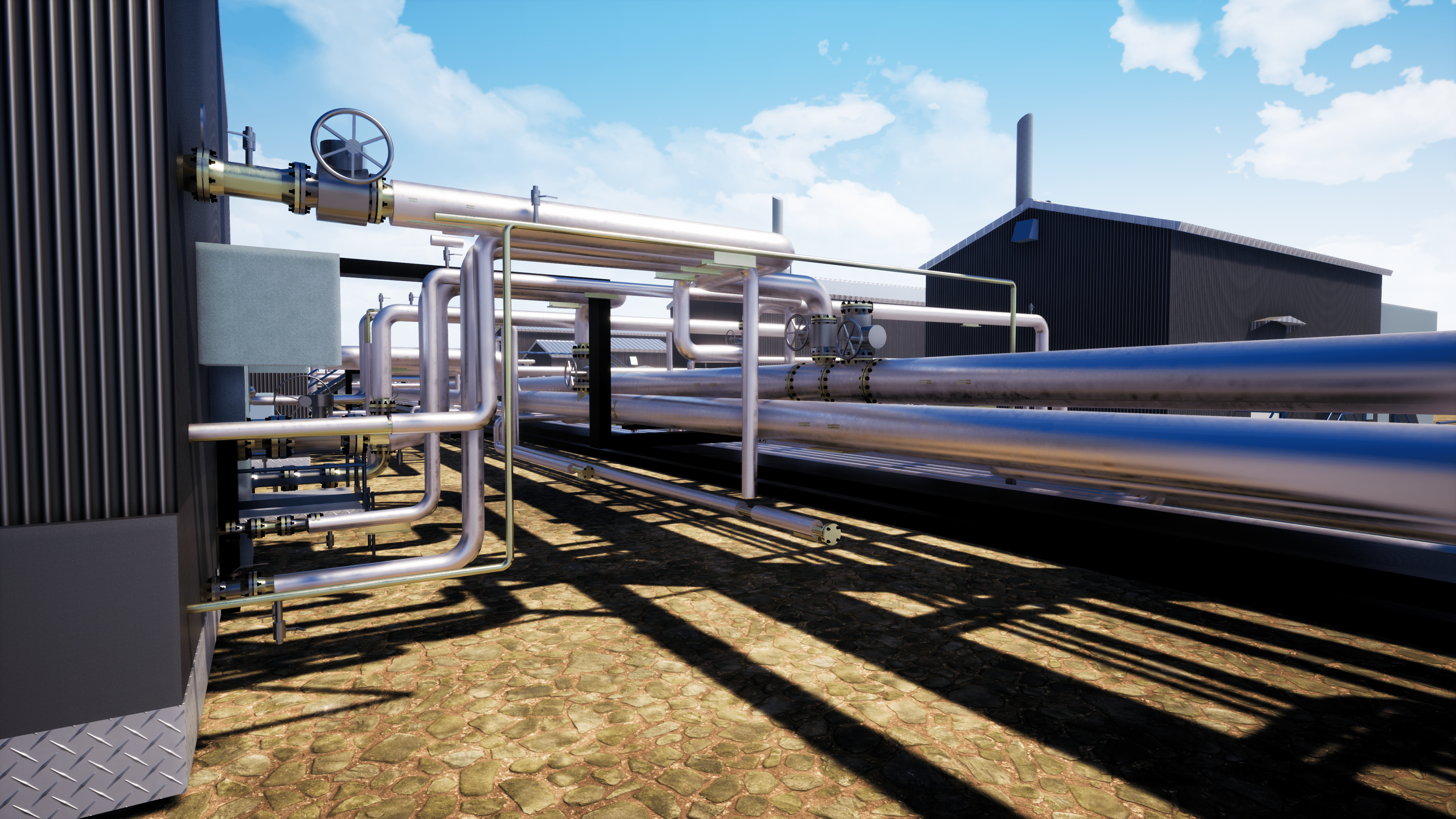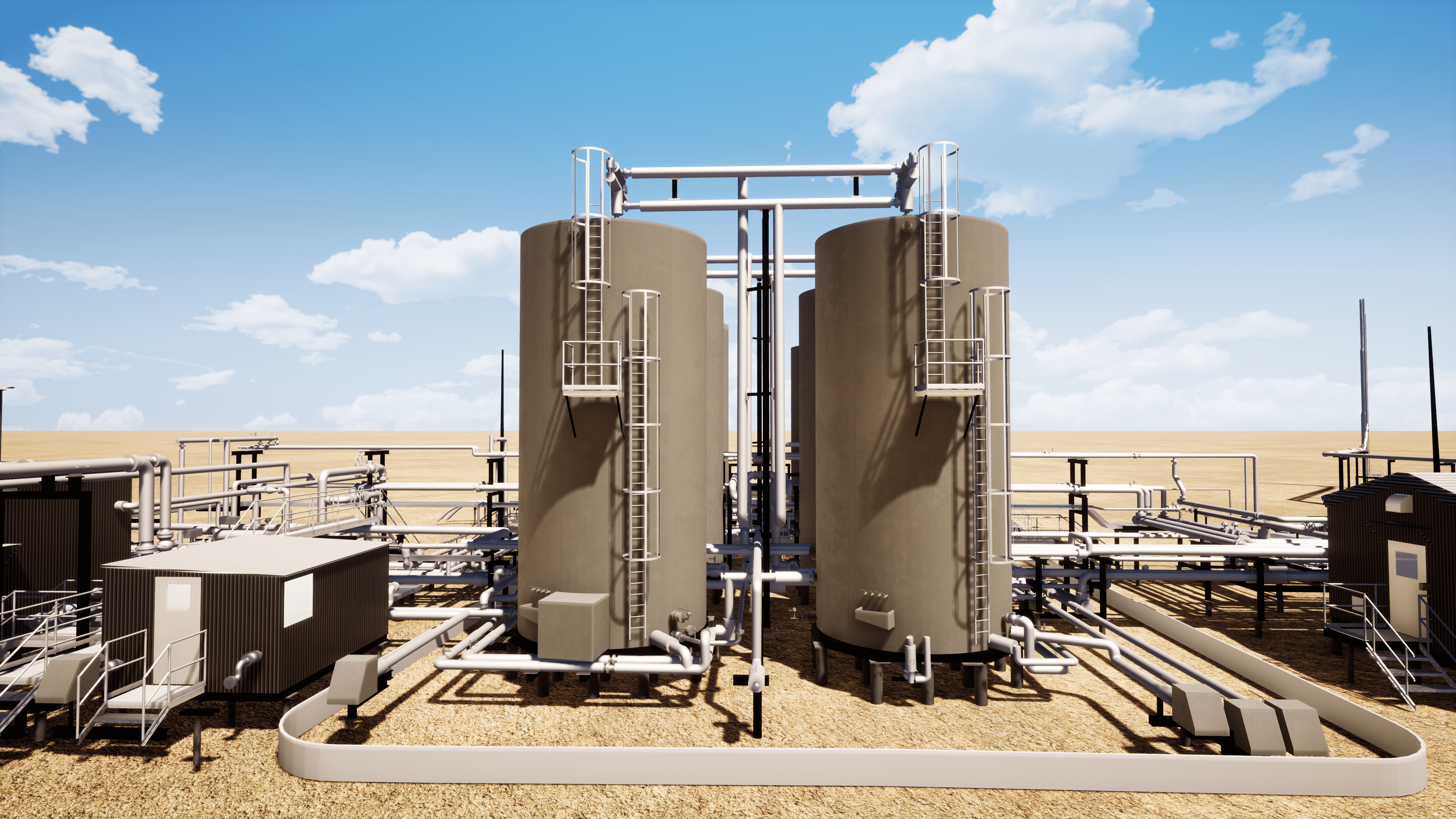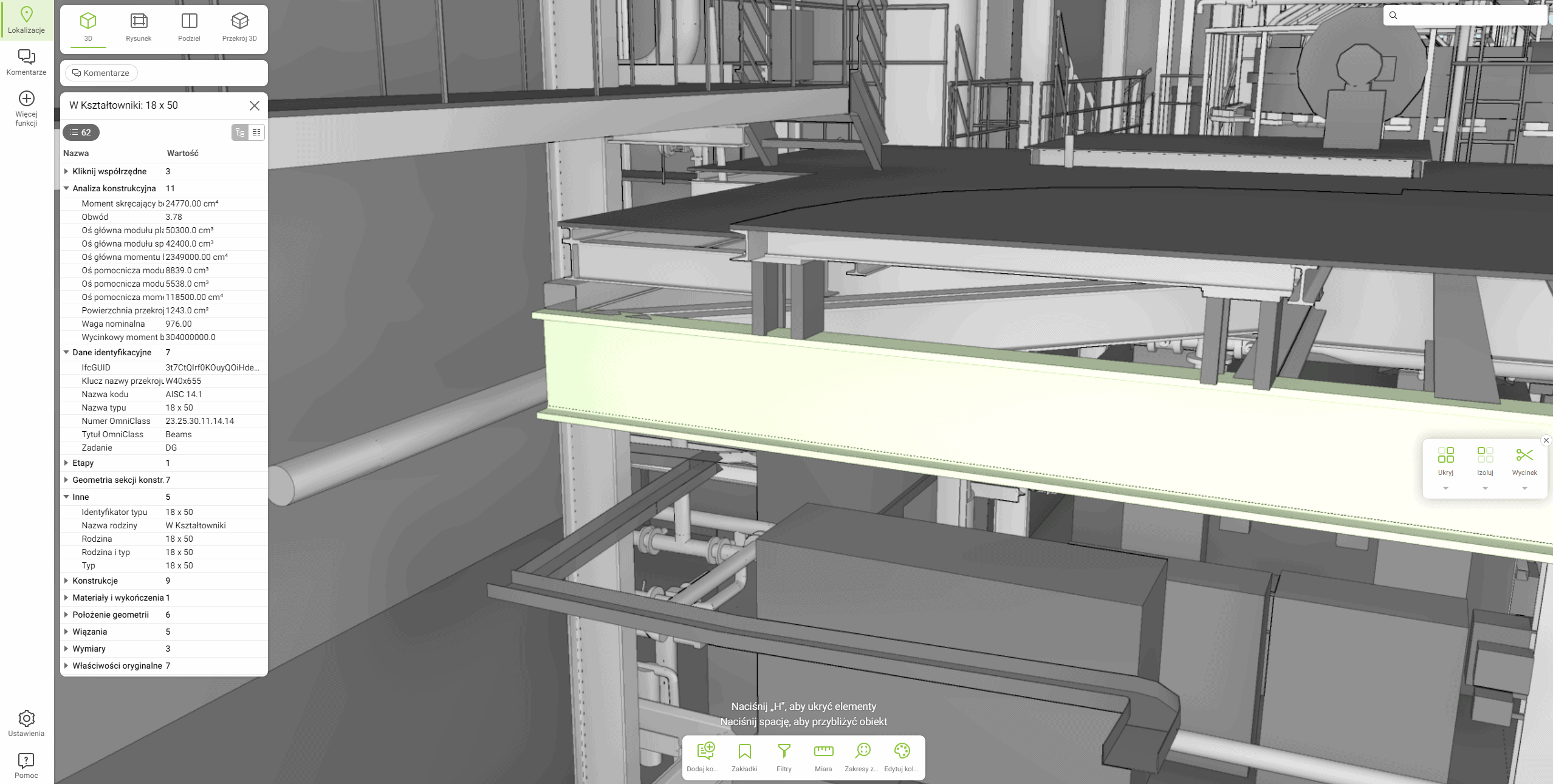3D scanning for the Digital Factory
Digital Factory combines the latest manufacturing, data management and spatial management technologies. We use 3D scanning technology to acquire spatial data about the facility. Based on this, we prepare an accurate digital copy of the factory/manufacturing facility in the form of a 3D BIM model with updated 2D documentation. Our model can be integrated with Internet of Things (IoT) assets – i.e. sensors, sensors, and cameras. In this way, it becomes the basis for a Digital Factory and a Digital Twin. Such a solution provides the ability to collect, instantly process and make business use of up-to-date data from your factory.
